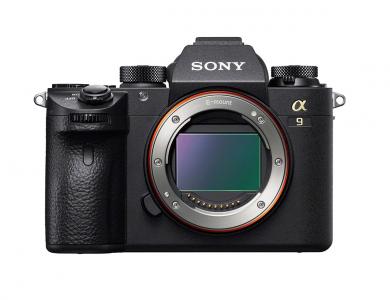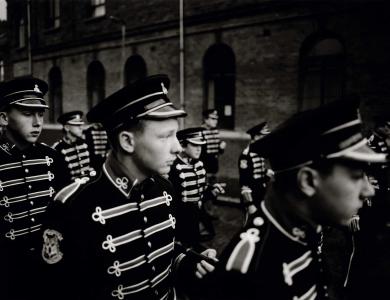
Tim Cornbill is a part-time photographer and qualified architect based in Birmingham, UK. He says of his work: “Buildings are a huge passion of mine, and feature heavily in my photographs. I love nothing more than exploring a new city, wandering the streets and discovering its architecture through photography.”
His image ‘Oculus’ was chosen as the winning shot from the Architecture category of the 2017 Sony World Photography Awards (Open competition).
Hi Tim, thanks for chatting. Why photography?
I first became interested in photography as a teenager, nearly 20 years ago. In recent years, my passion has been reinforced by social media, which I use to share my images, and connect with other photographers and artists. In 2015, I was honoured to become a ‘suggested user’ on Instagram, and it was around that time my photography really took off. I’ve used my social platforms to portray my home city, with its evolving urban fabric proving to be an excellent backdrop to explore my photographic style.
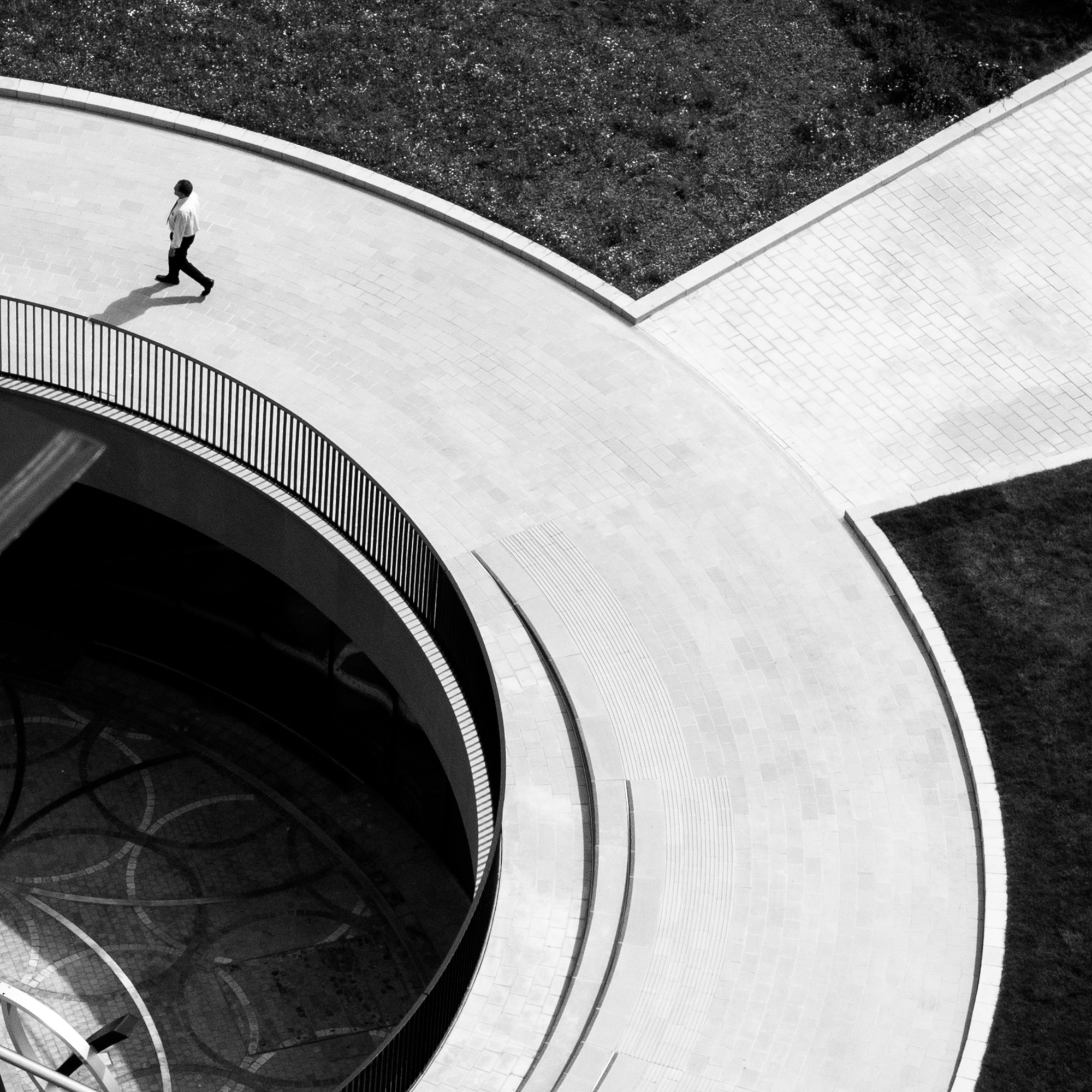
Tell us about your winning image ‘Oculus’
Having just arrived in Berlin on a bright summer's day, my wife and I decided to take a morning walk along the River Spree. We soon came across a large concrete building, and I was immediately struck by its geometry and scale. Across the river, I positioned myself for a single point perspective and waited for the right moment to capture it. A couple came into the viewfinder and I noticed the cyclist out of the corner of my eye. I waited for them to move into the frame and hit the shutter to try and balance the composition.
I was astonished when I received the news that I had won the architecture category and the UK National Awards. I am truly honoured and humbled to receive this accolade. I never thought one of my photographs could make such an impact, but it seems this one has! As an architect, I’m passionate about capturing buildings, and I’m always on the lookout for photogenic designs. I was really struck by the sheer scale of this façade and the visual impact of the circle, which I hope I’ve been able to convey in this everyday street scene. I am truly thrilled to have be a winner in the world’s largest photography competition, and amazed it is in a category that means so much to me personally. I’m looking forward to developing my work further, and I’m excited to see what opportunities the future holds and to see the photo exhibited in London.
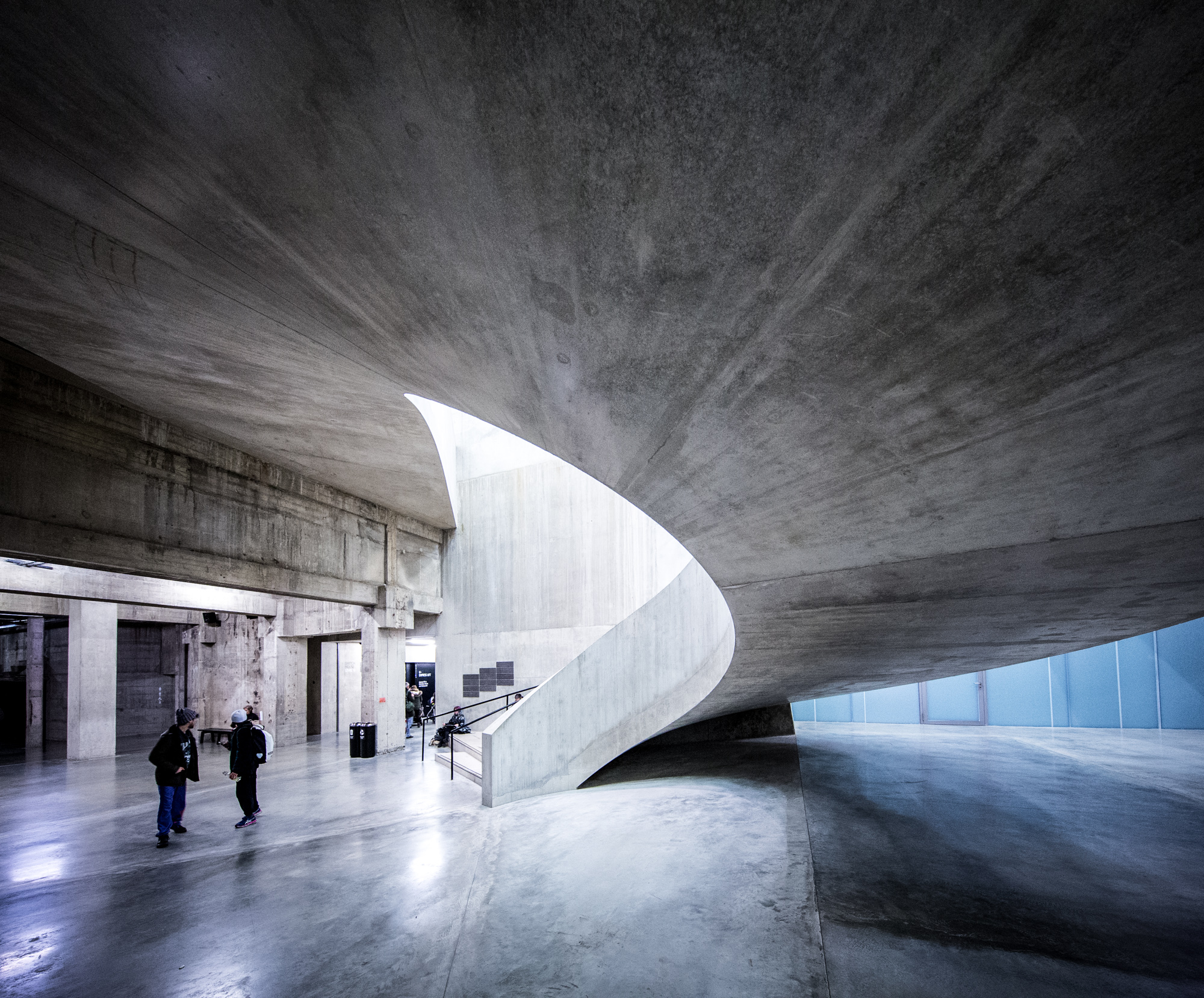
What do you think makes a successful architecture image?
It’s about balance, composition and geometry. Buildings are dynamic structures that change depending on the light at various times of the day and different times of year. Look for features of the building you can use to compose your photographs, such as repetition or patterns in the façade, colonnades or interesting details. See how the light is hitting the building, and if it isn’t right, think about when you can come back to capture it in the right conditions. Buildings also rely heavily on context; if you find yourself getting too obsessed with smaller architectural features, think about the building from a more human angle, and use people to complement the composition and portray its language.
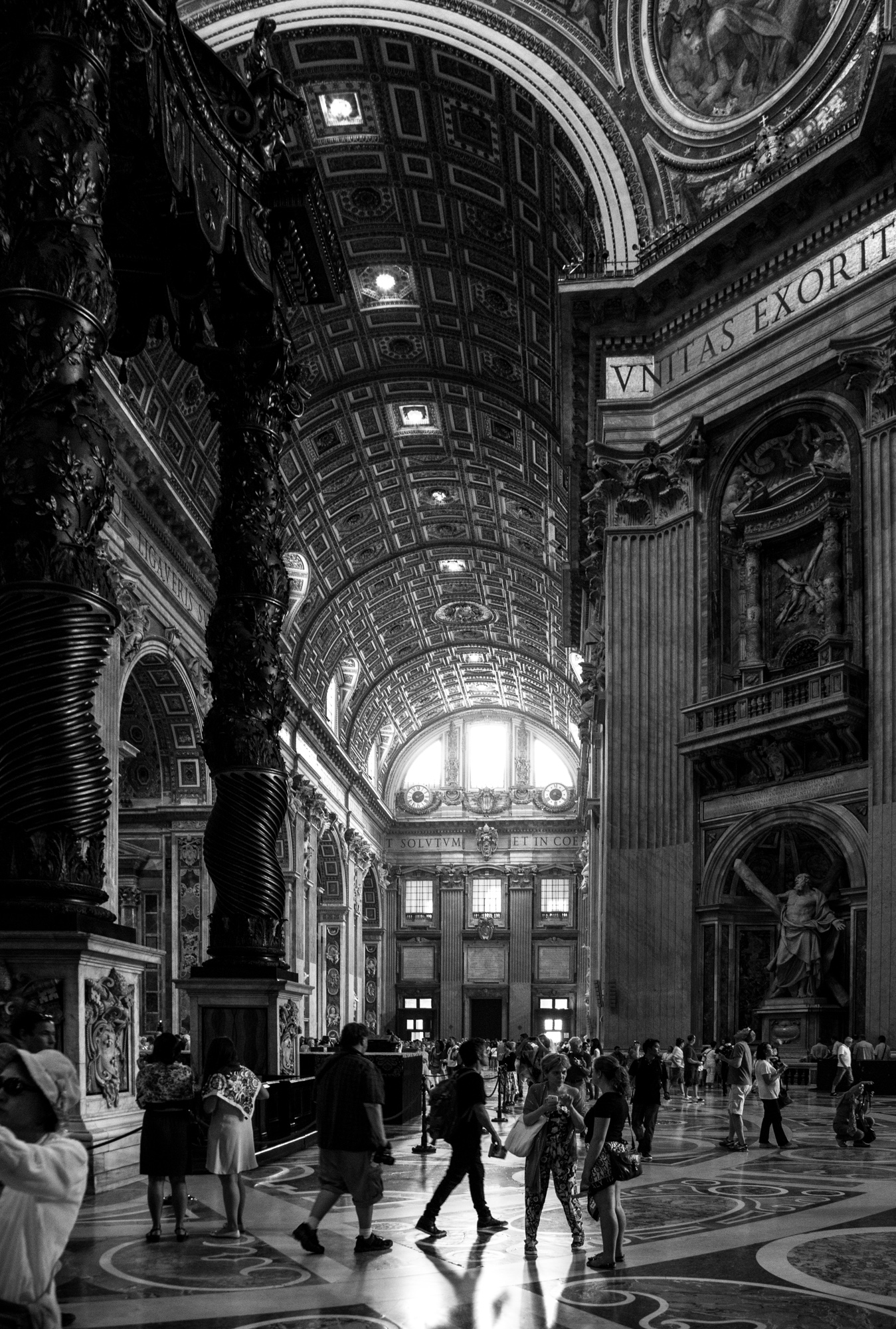
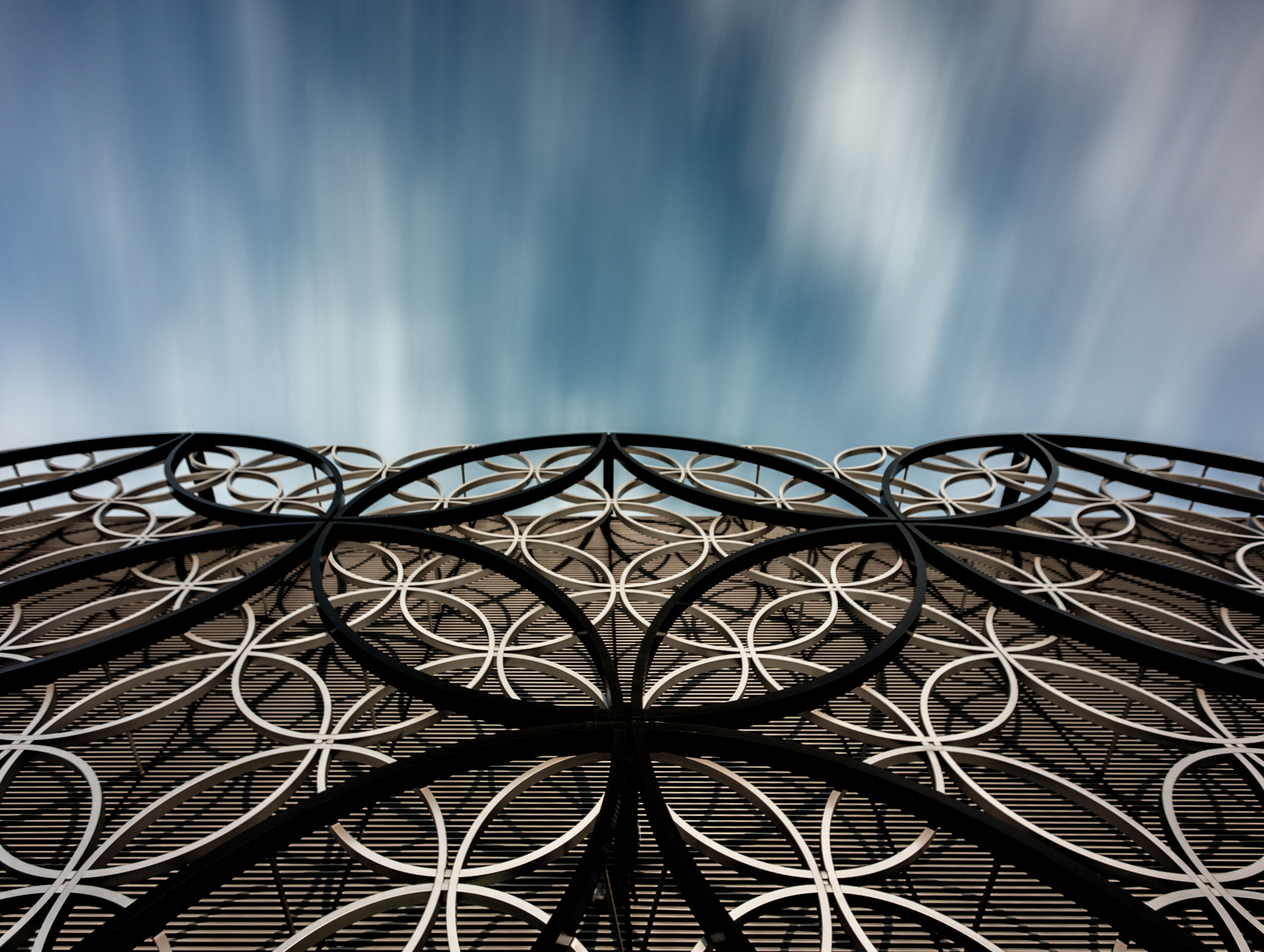
Do you have a photographic philosophy?
Create your own style, follow your own path and be unique. Don’t go out and recreate other work, but look at it objectively and use it as inspiration. Try and think about photography all the time, judge what the light is doing and react to it. The most satisfaction I get from photography is when I’m discovering unfamiliar places through the medium and capturing them as stills. I’d also advise people not to get too fixated by the equipment they're using, just use what you have on you at the time and work within its limitations. You never know when the light is going to change or when you'll spot that perfect shot, so try and carry a camera with you wherever you go, even if it's just your smartphone.

